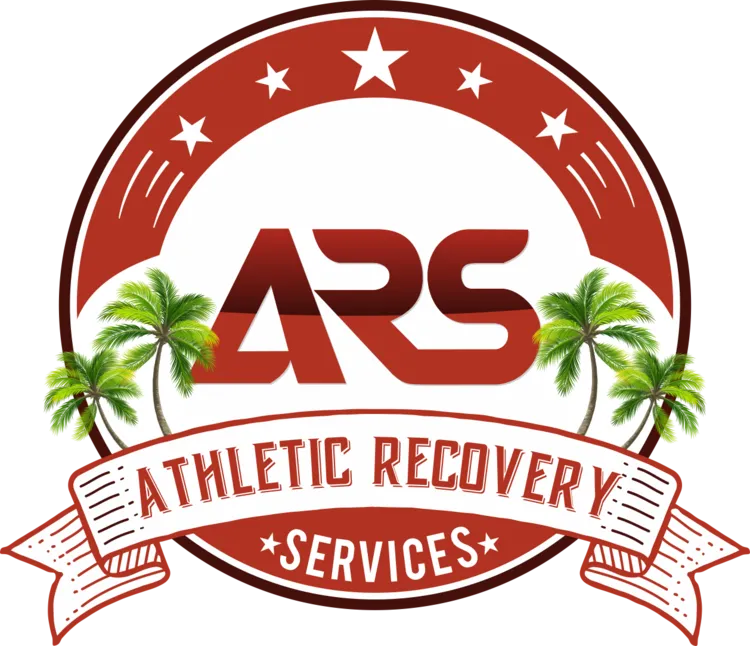Move Better | Feel Stronger
Take Back Control Of Your Body


Specialized recovery therapy in Cape Coral helping active
individuals get back to what they love.
Who is it that we help

We are hear to help you from your adolescent years all the way through to the years when things become a little more difficult
I can now squat and live with better
pain management because working with you
- Lolita
1- year after being diagnosed with a torn rotator cuff, ARS has been a significant part of getting me back to hand stand push ups and muscle ups
- Jon
Whether your job has you pulling people out of buildings or cars
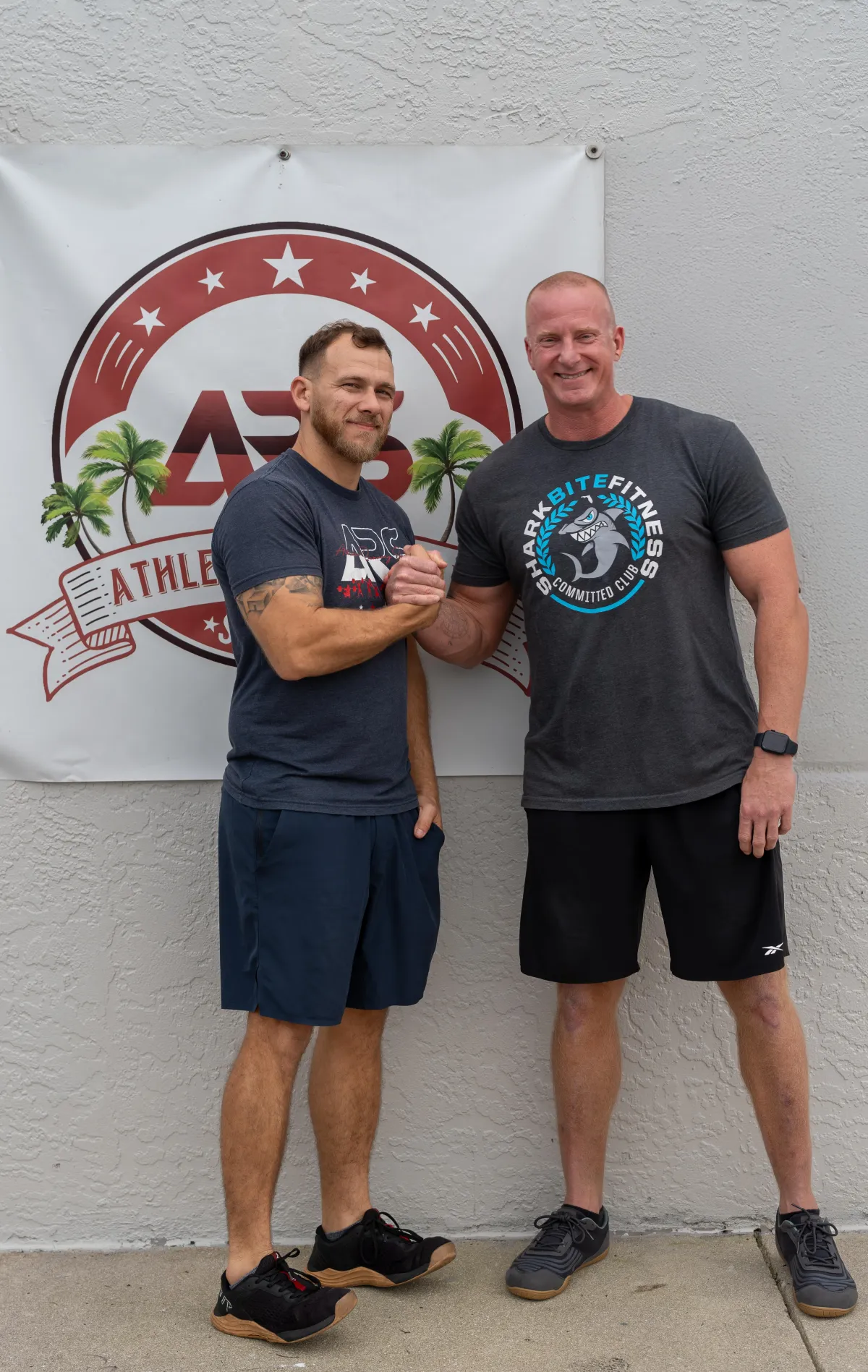
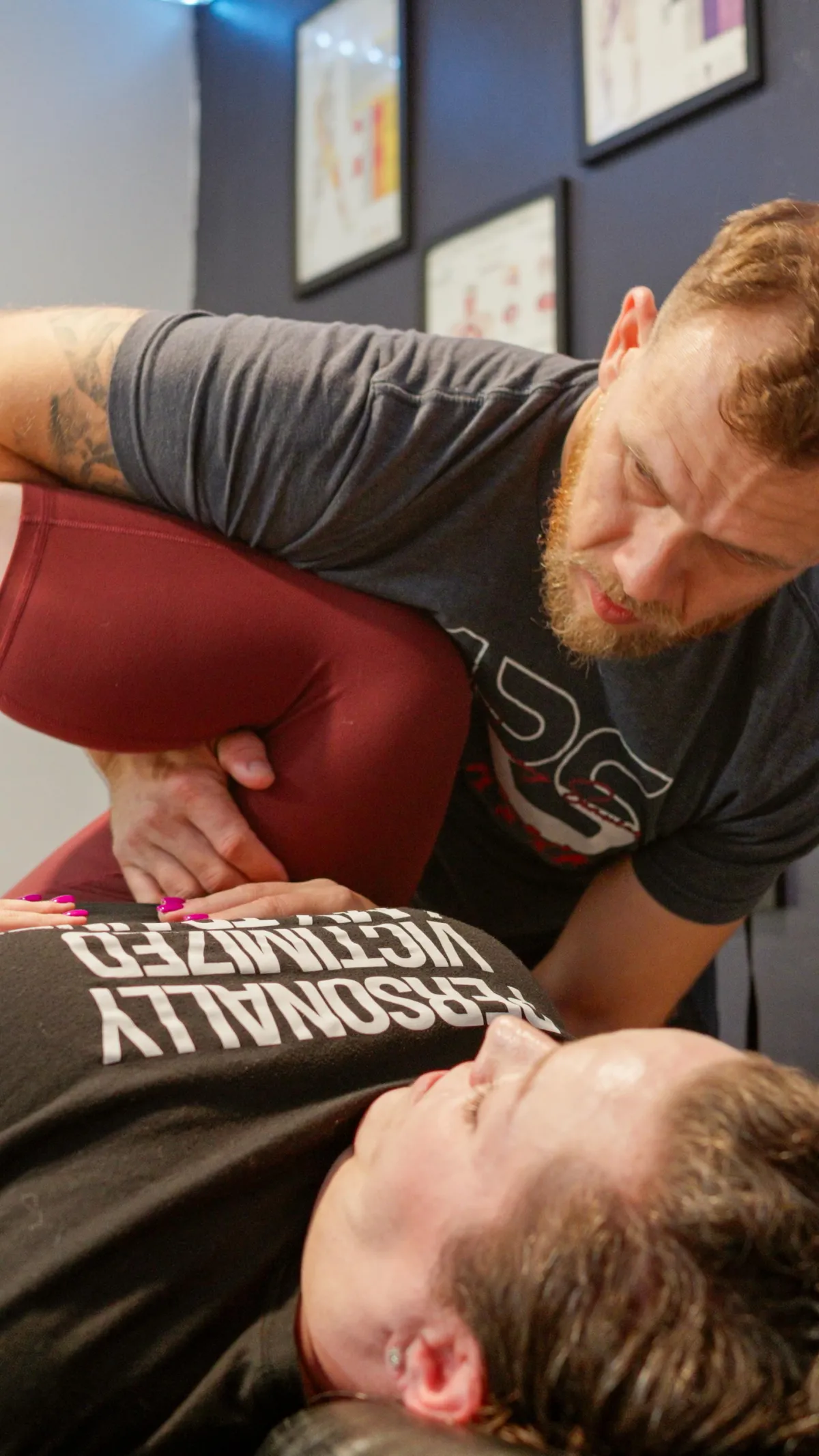
Or helping a family find their forever home
The back pain that I was dealing with is completely gone because of the work that we've done and exercises that you have advised me on
- Danielle
I have been able to become more body aware after starting these therapies
- Courtney
We have created a space to where you may find comfort

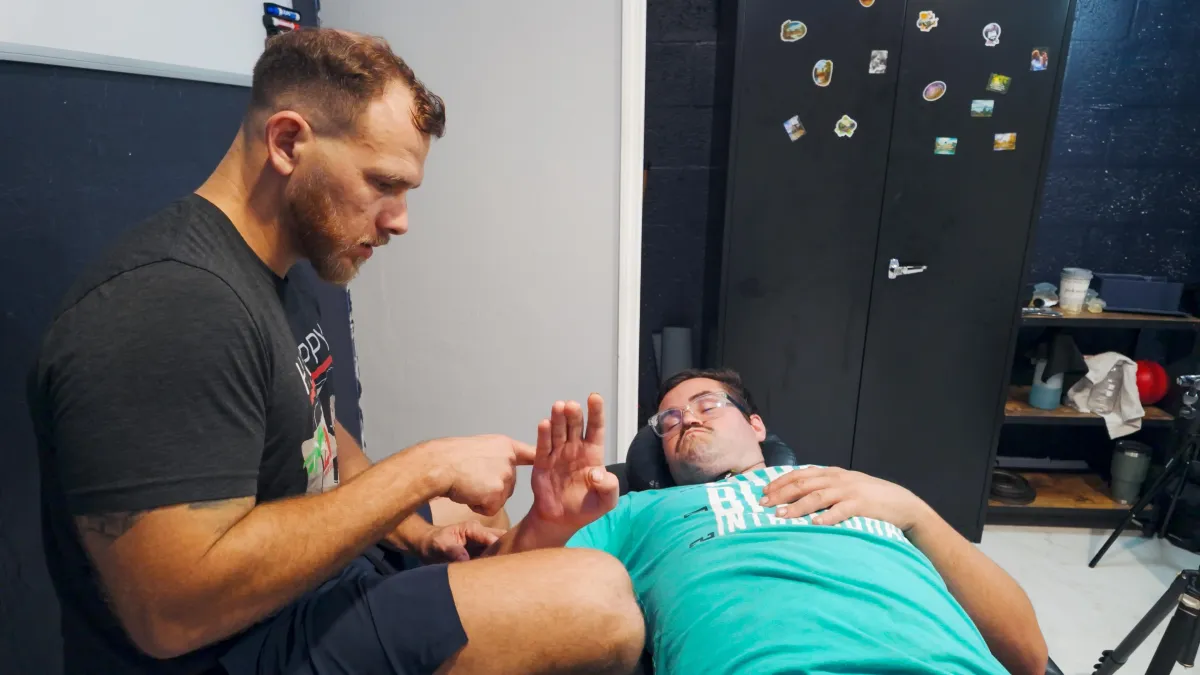
Working back from whatever life may have thrown your way
I have been able to find more freedom in life after my brain injury working with ARS
- Ben
I don't think that I would have a been able to play pickleball after I broke my wrist if I did not work with ARS
- Arnae
We can't wait to be part of your journey
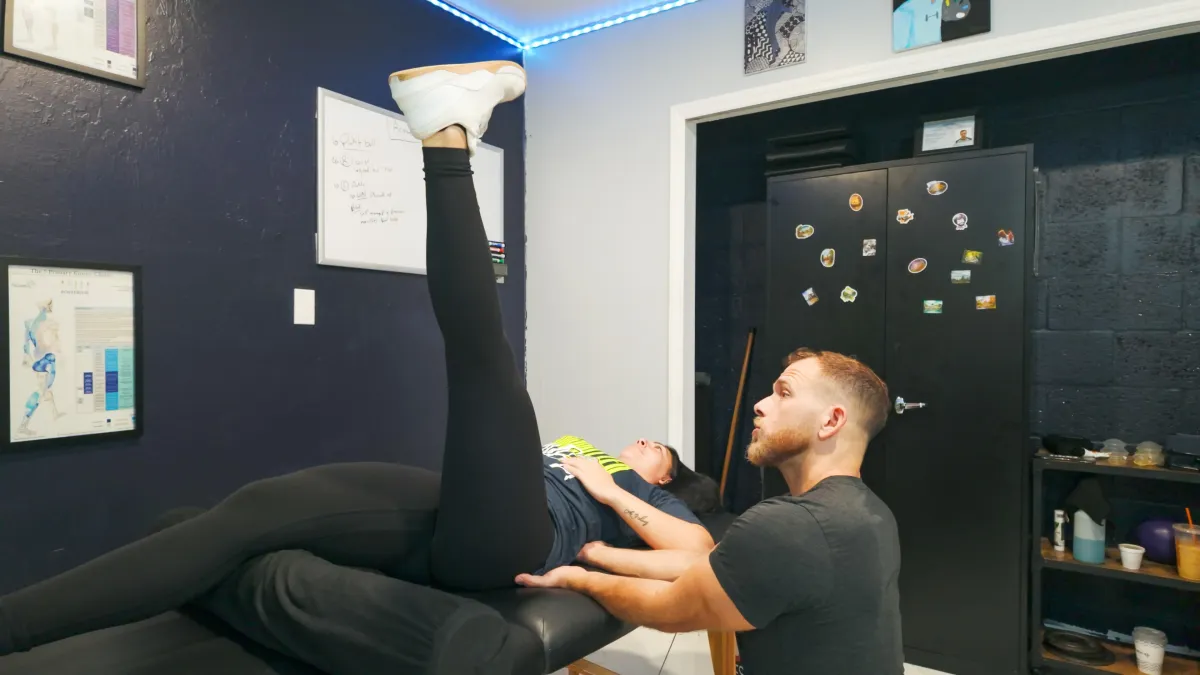
COMPANY
CUSTOMER CARE
NEWS
© Copyright 2025. Athletic Recovery Services. All Rights Reserved.
